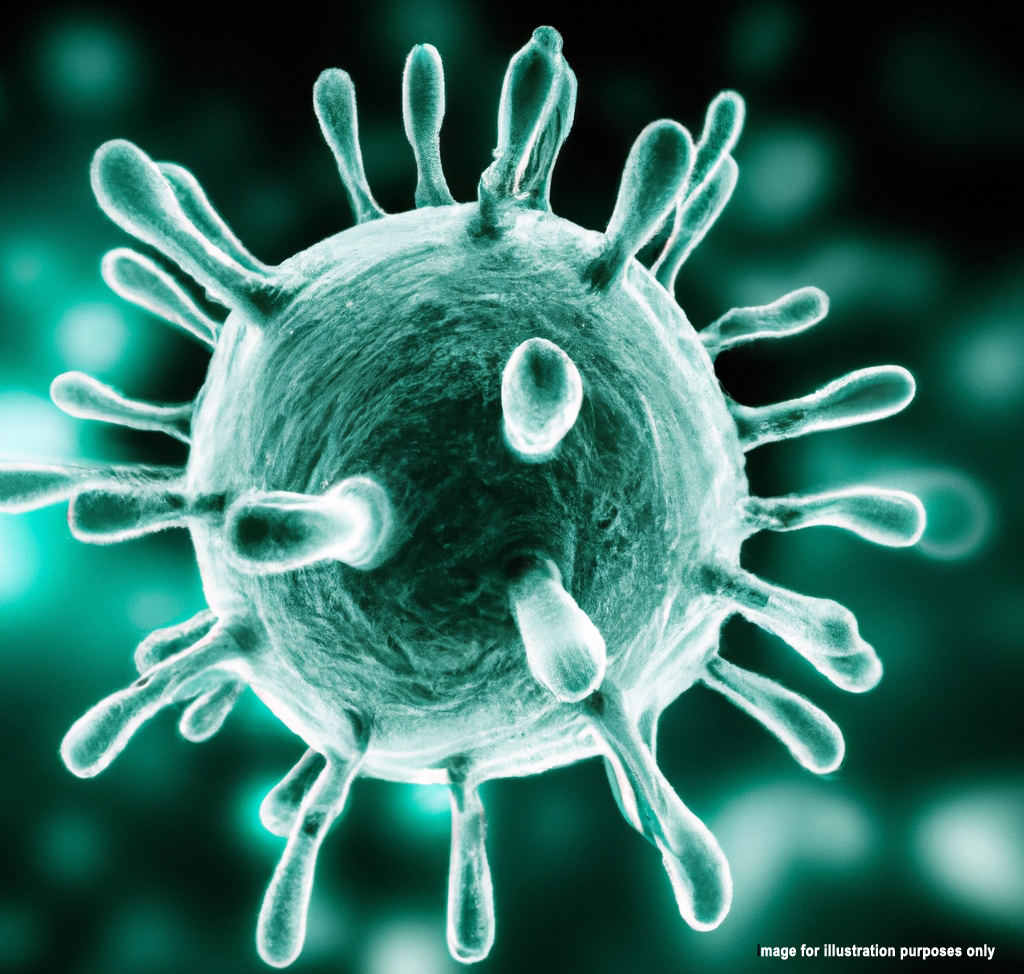Athlete's Foot

Athlete's foot, also known as tinea pedis, is a fungal infection affecting
the feet. It can persist for varying durations and might reoccur even after
treatment.
The condition arises when a specific fungus thrives on the skin of the feet,
including areas like the toes, heels, palms, and between the fingers. It's
the most prevalent type of tinea fungal infection, favoring warm and moist
environments. Factors that increase the likelihood of developing athlete's
foot include wearing closed shoes, especially those lined with plastic,
prolonged moisture exposure, excessive sweating, and minor skin or nail
injuries. Athlete's foot is contagious and can spread through direct contact
or contact with contaminated items like shoes, stockings, and shared shower
or pool surfaces.
Common symptoms include cracked, flaking, or peeling skin between the toes
or along the sides of the foot, accompanied by redness, itching, burning
sensations, and blistering. If left untreated, the infection can extend to
the nails, causing discoloration, thickening, and crumbling. Athlete's foot
may coincide with other fungal skin infections such as ringworm or jock
itch.
Diagnosis is typically straightforward through visual examination, though
further tests like skin cultures, skin lesion biopsies, or KOH exams may be
necessary.
Treatment involves over-the-counter antifungal powders or creams containing
ingredients like miconazole, clotrimazole, or tolnaftate. It's crucial to
continue using the medication for 1-2 weeks after the infection clears to
prevent recurrence. Additionally, maintaining cleanliness and dryness,
especially between the toes, is essential. This includes thorough washing
and drying of the feet at least twice daily, wearing clean cotton socks, and
changing socks and shoes as needed to keep feet dry.
Most cases of athlete's foot respond well to self-care measures, but if
symptoms persist beyond 2-4 weeks or frequently recur, medical attention is
warranted. Stronger antifungal medications such as ketoconazole or
terbinafine may be prescribed, and antibiotics might be necessary to address
bacterial infections resulting from scratching.
Overall, athlete's foot infections vary in severity and duration but
generally respond favorably to treatment. Long-term medication and
preventive measures may be necessary to manage and prevent recurrence.
undo Common Diseases in Singapore